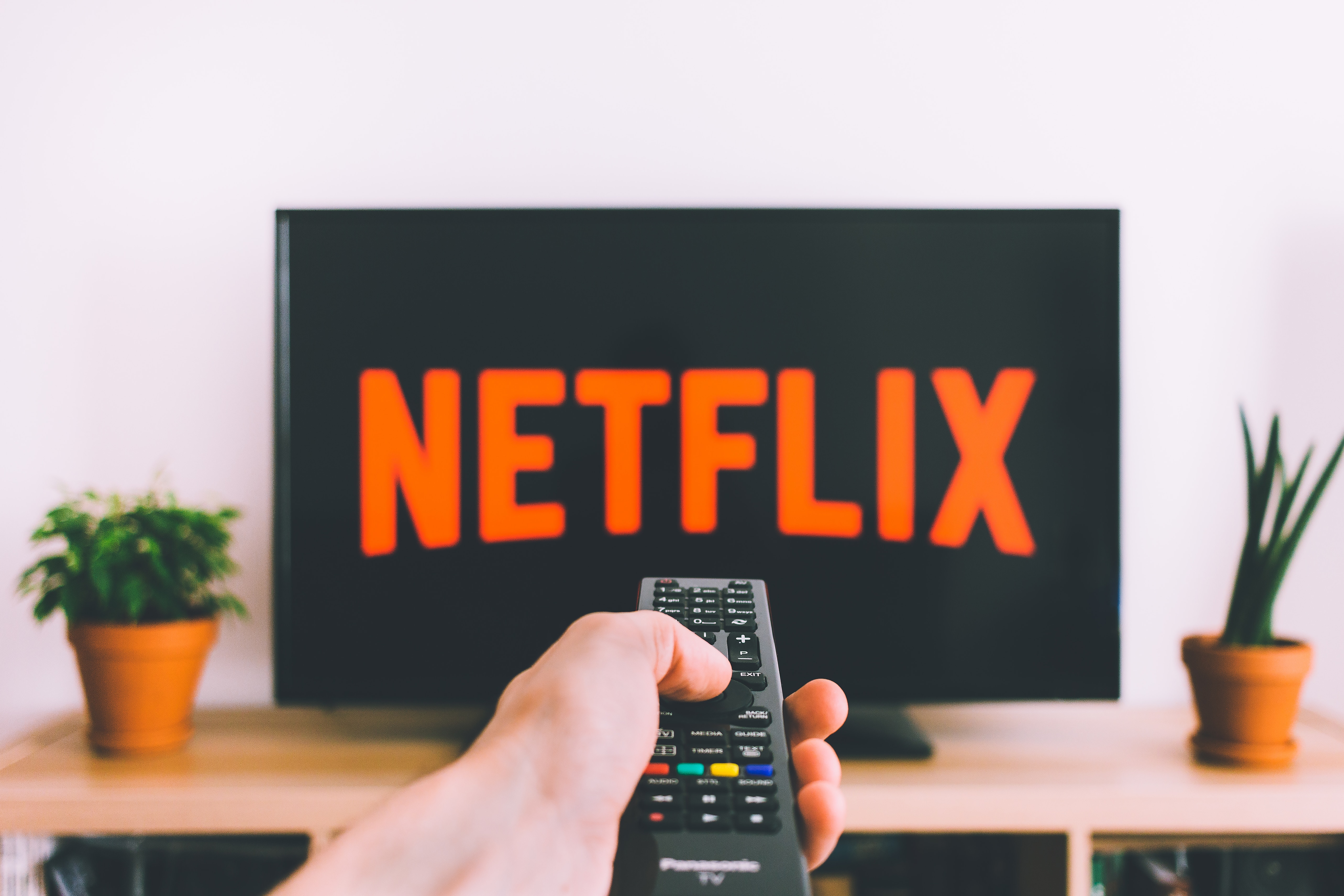
We are living in the age of peak cancel culture. Whether it’s a celebrity engaging Twitter-mouth before brain (all too common) or a questionable lyric in a retro Christmas song from the days when Don Draper was considered an upstanding citizen, the response to transgression now is swift and widespread. Unfollowed, unfriended - officially cancelled. As Kevin Hart discovered during his Oscars debacle, Baby, It’s Very Cold Outside.
Away from the febrile world of celebrity outrage, a new kind of right to rescind is emerging, and it may create a significant headache for paid-for film and TV streaming services – in fact any subscription model based business. As studios seek to optimise monetisation and control their content by launching their own services – Disney and Britbox for example – we are fast approaching subscription fatigue. And now, with cancel culture, the power is firmly in the hands of the consumer.
While the drive to produce the best new exclusive content is creating a boom for the creative industries, the same exclusive content being behind myriad pay-walls is awkward and expensive for the consumer and is encouraging a new, more literal, cancel culture.
For example – you sign up for the new series of your favourite show, watch it and then cancel immediately afterwards. Bored with the recommendations that are convinced that fans of Avengers: Infinity War are totally gonna love Snakes on a Plane, you cancel. And then you go on holiday and want nothing more than to kick back and enjoy the latest episode of Fleabag, but you can’t because you’re in a different country and of course, licensing restrictions. So. You cancel. (Except you can’t if it’s the BBC TV license, which begs the question, why not? But I’ll save opening Pandora’s Box for another day…)
The capricious customer is leading even behemoths like Netflix to abruptly cancel shows only one season in. While not too many wept when Chambers got axed a mere eight weeks after premiering, fans and critics were left scratching their heads at the demise of Sense8. If you thought that surely the Wachowskis were safe from the whims of cancel culture, you’d be wrong.
So what does this all mean? Are we moving into an age where anything is in danger of disappearing moments after the skip rate gets too high or the recommendation engine feeds us a dud? Where streaming platforms move from monthly to weekly and you binge watch what you came for and then freely leave? Perhaps a media giant will simply scoop up all the services and roll them into a buy-one-get-them-all service.
What is indisputable though, is that the user holds the power. Social media algorithms are obsessed with labelling us – what we like, what we don’t like, what we say online about our political leanings (rather than what we shyly keep to ourselves, much to the consternation of pollsters), what posts or ads we respond to – our digital selves are constantly segregated. Or in fancy parlance, cyberbalkanization.
But crucially, the human user is frequently capable of outsmarting the AI algorithm. Streaming platforms often curate our experience from their own platform bias and may misconstrue the passivity of users, idly flicking through channels or playlists. Anecdotal this may be, but I recently heard from a live music agent about an artist with tens of millions of streams, selling a paltry 14 tickets for a live show. Streaming numbers, no matter how impressive, can never tell us the full story, or more crucially, audience intent or indifference.
Where we can get a very strong signal of intent is cancellation numbers, and correspondingly, piracy audience data as it shows high intent with little or no platform bias. It should also signal a warning bell for providers – your brand is both your service and its content. Ignore the quality of both at your peril – cancel culture is alive and well and going nowhere for now.